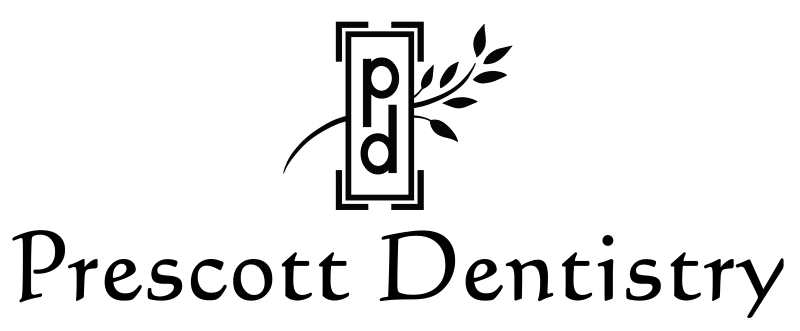
14 May Oral Cancer Prevention: How to Lower Your Risk
When it comes to maintaining your oral health, prevention is key—not only for cavities and gum disease, but also for more serious concerns like oral cancer. This disease is more common than you might realize. The American Cancer Society estimates that nearly 60,000 people will be diagnosed with oral cancer in 2025 alone. But the good news is that many risk factors are within your control. Here’s what you can do to reduce your risk of oral cancer.
The Five Biggest Risk Factors for Oral Cancer
Not all risk factors are avoidable—for instance, adults over the age of 40 have a higher risk of developing oral cancer. However, some of the biggest risks can be prevented by making some changes to your lifestyle factors. Quitting smoking, getting an HPV vaccine, improving your diet, and staying out of the sun can mitigate your risk.
1. Tobacco/Nicotine Use
Smoking or vaping will dramatically increase your chances of developing oral cancer. Both of these activities expose the mouth to harmful carcinogens that can mutate cells and lead to tumor growth in the mouth or throat.
How to Reduce Your Risk: Quitting tobacco is one of the most powerful steps you can take to protect your oral health. Not only does it significantly lower your risk of oral cancer, it also reduces your risk of gum disease and tooth loss.
2. Excessive Alcohol Consumption
Heavy alcohol use, especially when combined with smoking or vaping, also greatly increases your oral cancer risk. Alcohol itself can produce carcinogens, and can also make it easier for the harmful chemicals in tobacco smoke to damage cells in your mouth and throat.
How to Reduce Your Risk: Limiting your alcohol intake or avoiding alcohol entirely can make a significant difference. Cutting back on alcohol also helps promote good oral health by preventing enamel erosion and dry mouth.
3. HPV Infections
The human papillomavirus (especially HPV-16) has been linked to a rise in oral cancers. For example, oral cancer cases in men over the age of 50 rose from under 20% to over 70% in just 20 years.
How to Reduce Your Risk: Practice safe habits, get tested regularly, and get the HPV vaccine to reduce or eliminate your risk of HPV-related oral cancer.
4. Prolonged Sun Exposure
Unprotected sun exposure—especially for extended periods of time—can increase your risk of lip cancer.
How to Reduce Your Risk: When you’re going outdoors, make sure to use sunscreen and a lip balm with SPF. You can also wear a wide-brimmed hat, and seek shade whenever possible.
5. Poor Nutrition
A diet low in fresh whole foods can weaken your body’s natural defenses, increasing your risk for oral cancer and other diseases.
How to Reduce Your Risk: Focus on eating a colorful, plant-rich diet full of antioxidants that support your immune system and oral tissues. Eating a healthy diet also helps keep your teeth healthy by preventing cavities and gum disease.
Oral Cancer Screenings in Prescott
Dental checkups are an important part of oral cancer prevention. While you can check for oral cancer at home, we also perform a thorough oral cancer screening during every dental exam. We look for any unusual lumps, lesions, color changes, sores, and other early warning signs. When oral cancer is detected in its early stages, the chance of survival greatly increases, and treatment is often easier.
Whether it’s been six months or several years since your last visit, now is the perfect time to schedule a dental checkup. Not only are you protecting your smile, you’re investing in your future health. Contact Prescott Dentistry today to schedule an appointment.
Images used under creative commons license – commercial use (5/14/2025). Photo by Nimi Diffa on Unsplash



